
In Spain, Easter is one of the most significant events of the year, with the biggest celebrations taking place during Holy Week — known locally as Semana Santa. But what exactly happens during Semana Santa in Spain? Unlike the chocolate eggs and Easter bunnies often associated with the holiday elsewhere, Easter in Spain is a solemn commemoration of the Passion, Death, and Resurrection of Jesus Christ.
Across the country, each region marks this important week in its own unique way, yet all share the tradition of dramatic, deeply moving processions. These marches see locals dressed in traditional religious robes, accompanied by rhythmic drumming, floral displays, and heavy, ornate floats carried through the streets. The result is a powerful and emotional spectacle unlike anything else in the world.
In this guide, we’ll explore the most popular Semana Santa events in Spain and everything you need to know about experiencing Holy Week in 2025.
What date is Semana Santa 2025?
When is Easter in Spain in 2025? This year Semana Santa is celebrated from 13th-20th April, starting on Palm Sunday and ending on Easter Sunday. The main dates during Easter in Spain are as follows:
- Palm Sunday (Domingo de Ramos): This marks the beginning of Holy Week and commemorates Jesus' triumphal entry into Jerusalem. Many churches hold special Masses where palms are blessed and distributed to the faithful.
- Maundy Thursday (Jueves Santo): This day commemorates the Last Supper of Jesus with his disciples. It is often marked by religious services, including the Mass of the Lord's Supper, where the ritual of the washing of the feet is reenacted.
- Good Friday (Viernes Santo): Good Friday commemorates the crucifixion and death of Jesus Christ. It is a day of solemnity and reflection, with churches holding liturgical services, including the Stations of the Cross and the Veneration of the Cross.
- Holy Saturday (Sábado Santo): This day commemorates the time that Jesus spent in the tomb before his resurrection. It is a day of anticipation and preparation for Easter Sunday, with churches often holding Easter Vigil services after sunset.
- Easter Sunday (Domingo de Resurrección): Easter Sunday celebrates the resurrection of Jesus Christ from the dead, signifying victory over sin and death. It is a joyous day of celebration, with churches holding Masses and services to commemorate the resurrection.
These dates are the main highlights of Holy Week in Spain, with each day marked by religious observances, processions, and cultural traditions. The exact dates vary each year as Easter is a movable feast based on the lunar calendar.
Where is the best place in Spain for Semana Santa?
Choosing the "best" place in Spain for Semana Santa depends on what you're looking for in your experience. Different regions offer unique traditions, processions, and atmospheres during Holy Week. Here are some of the top destinations known for their vibrant Semana Santa celebrations:
Seville
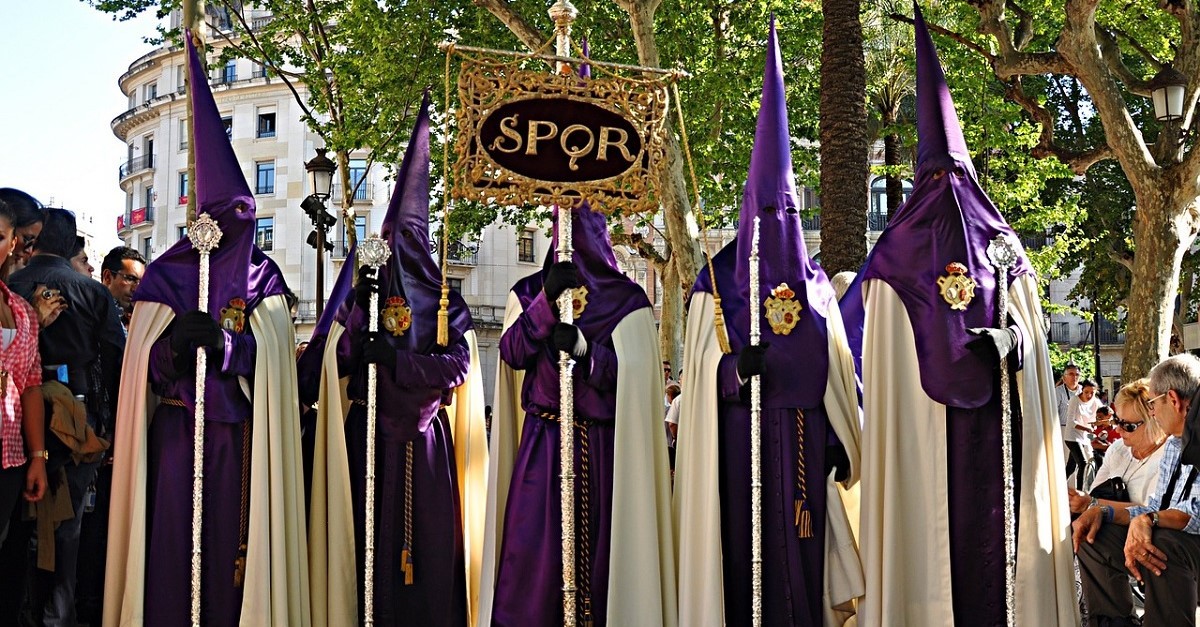
The Easter holidays in Seville are by far the city’s biggest and most important event of the year. What happens during Semana Santa in Seville? Semana Santa traditions in the Andalusian city are traditionally pious and are taken very seriously by the locals.
Between Palm Sunday and Easter Sunday, nearly sixty brotherhoods take to the streets to bring the Passion and Death of Christ to life. Keep an eye out for the Virgen Macarena and Jesús del Gran Poder processions, as these are without a doubt the most unique to in the city, the latter taking place in the early hours of the morning on Good Friday giving the event a special atmosphere and one you need to experience at least once in your life. Find out more about the Semana Santa Seville schedule for 2025 and visit the Seville Easter Parade for yourself.
Salamanca
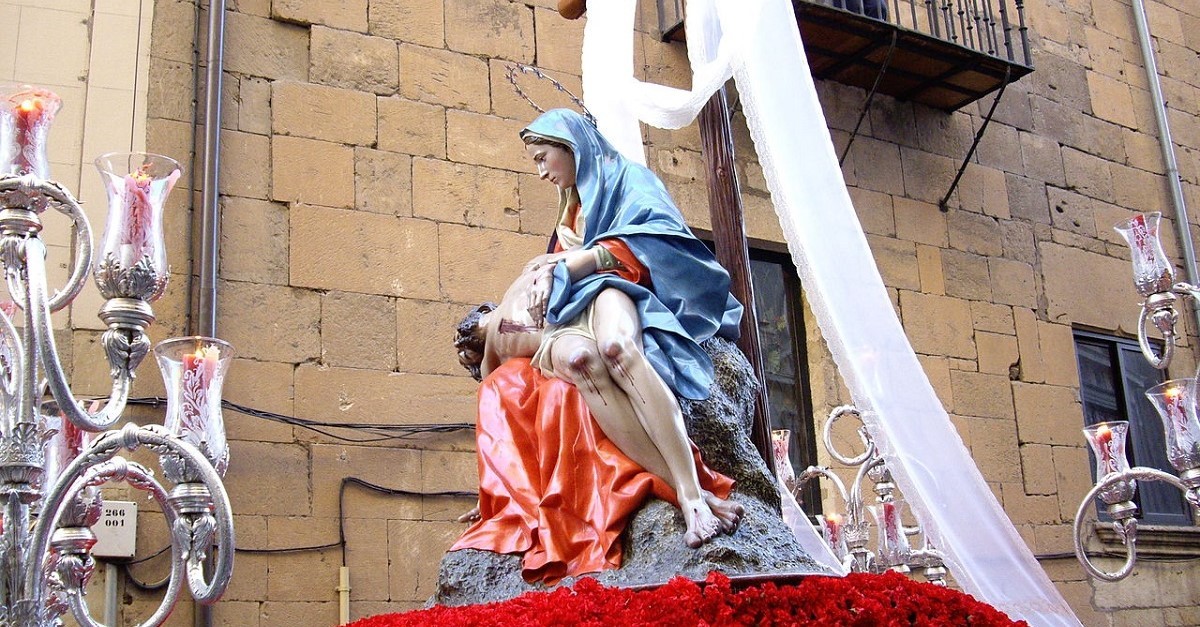
The Spanish city of Salamanca is famous for its beautiful cathedrals and for being the home of one of Europe’s oldest universities, but is also a great place to experience Spain's Holy Week processions.
Holy Week in Salamanca, Spain stands out for its beauty, with emotive processions celebrated in the streets of its historic district. The events in the city show the devotion of the Salamanca locals and among those planned, there are some that you certainly can’t miss. On 13th April, Palm Sunday is celebrated and is probably the most joyful act of the celebrations with "La Borriquilla" and this impressively staged spectacle depicts the entrance of Jesus into Jerusalem and marks the start of the week in which processions will take place until Easter Sunday (20th April).
Granada

Granada is a must visit destination at any time of the year thanks to its rich history and beautiful architecture, but when it comes to the best places in Spain to visit during Semana Santa, Granada is right up there. Make the most of the Holy Week experience in the city by heading to the charming back streets of the historic city centre, along with the areas of the Albaicín, Zaidín and Realejo, as this is where you will find the most impressive images that are brought out and paraded around the city.
Volunteers clad in traditional attire shoulder these evocative displays, which feature biblical scenes and are paraded through the city against the stunning backdrop of the Alhambra. Make sure to check out is the Cristo de los Gitanos procession. As the sun sets, the town fills with people dancing and the joy and applause last until the early hours of the morning.
Madrid
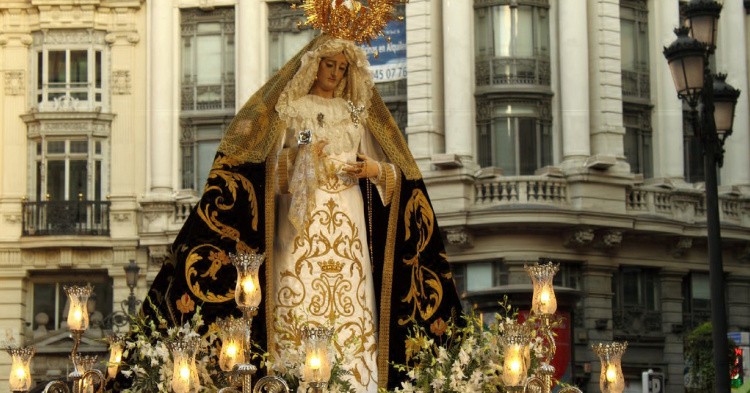
As well as many other cities in Spain, the Spanish capital of Madrid will also be celebrating Holy Week in 2025. The most famous of Madrid's Easter parades is that of the Cristo de Medinaceli, which takes place on Good Friday (18th April 2025), and runs through the main streets of the city centre from the parish of Jesús de Medinaceli.
Other famous processions include the Alabarderos and Jesús Nazareno 'el pobre', as well as the silent procession. Even if you wouldn’t consider yourself to be a religious person, Easter in Madrid and these moving processions are highly impressive and are well worth visiting when in Spain.
León
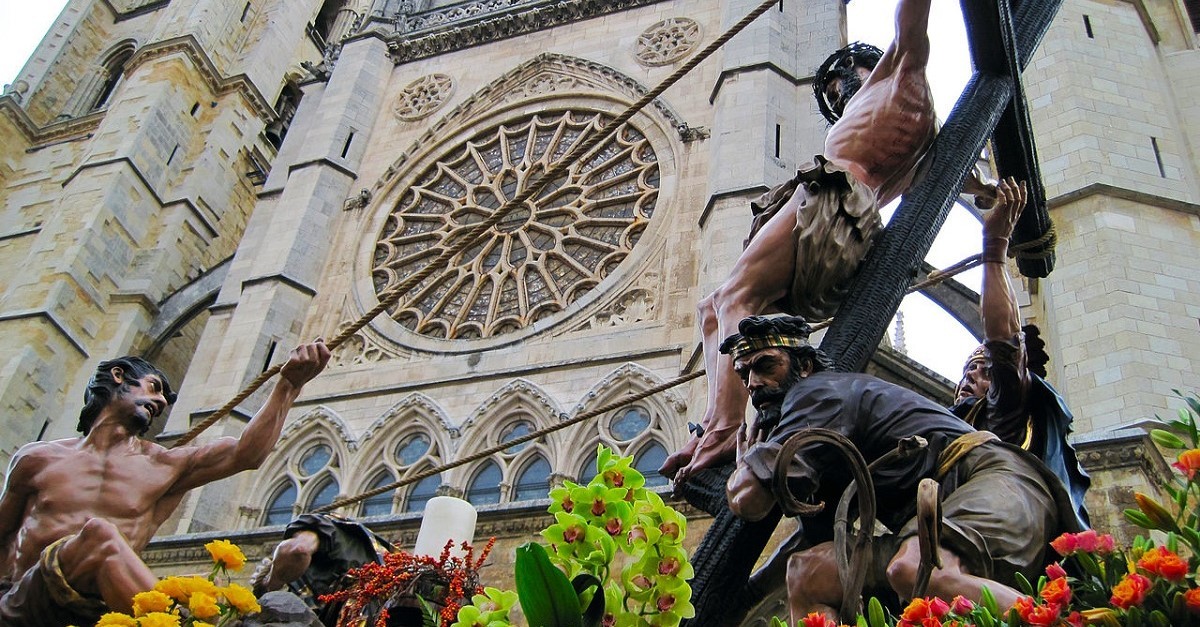
During the Easter celebrations in León, extraordinary images created centuries ago in the workshops of important Baroque artists are paraded through the city. The Procesión de los Pasos and La Ronda are events that take place during Easter in the Spanish city of León, with unusual processions and scenes from the Passion and Death of Christ that create a great sense of anticipation. If you are still undecided about where to spend Easter in 2025, León should be at the top of your list, as the locals wholeheartedly embrace the processions with passion and devotion.
Cuenca
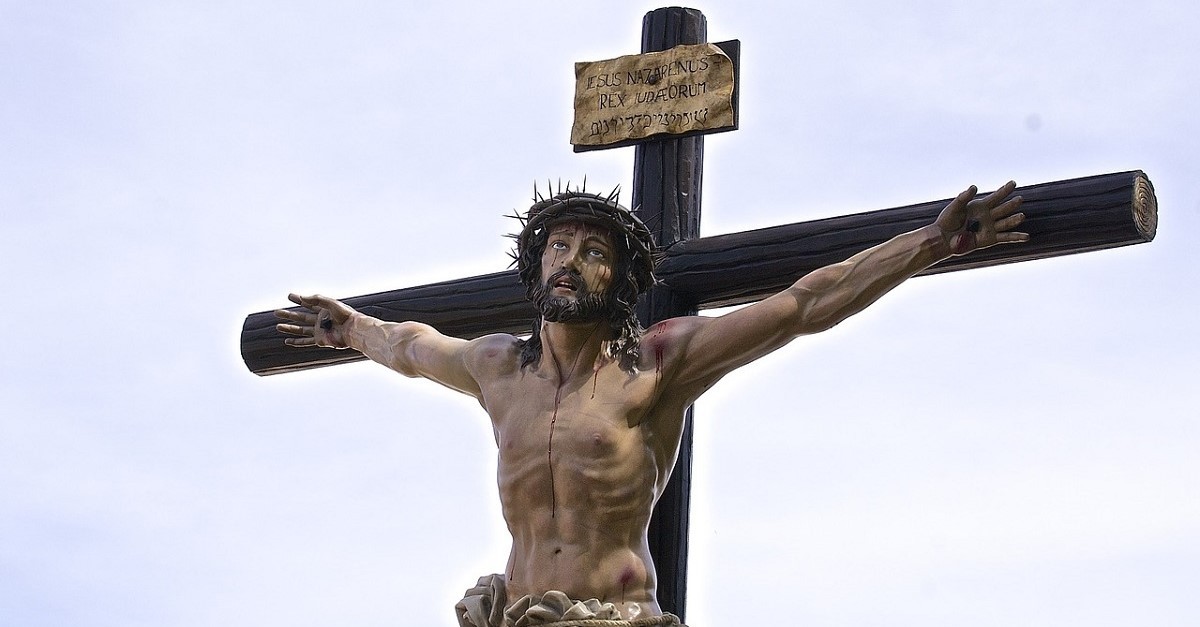
Cuenca is located about 104miles (168km) south-east of Madrid, and is famous for its famous casas colgadas, the ‘hanging houses’. Holy Week in Cuenca is one of the most spectacular and emotional fiestas and with the unique architecture and layout of the city, with its steep hills and narrow streets, this city is a very special setting to celebrate the lead up to Easter in Spain.
The traditions in the city date back to the 17th century, when the first Easter brotherhoods were founded and nowadays, over 30,000 people take part in the processions. The celebrations commence on Palm Sunday, like in other parts, and culminate in the final procession on Easter Sunday - El Resucitado - which marks the resurrection.
Toledo
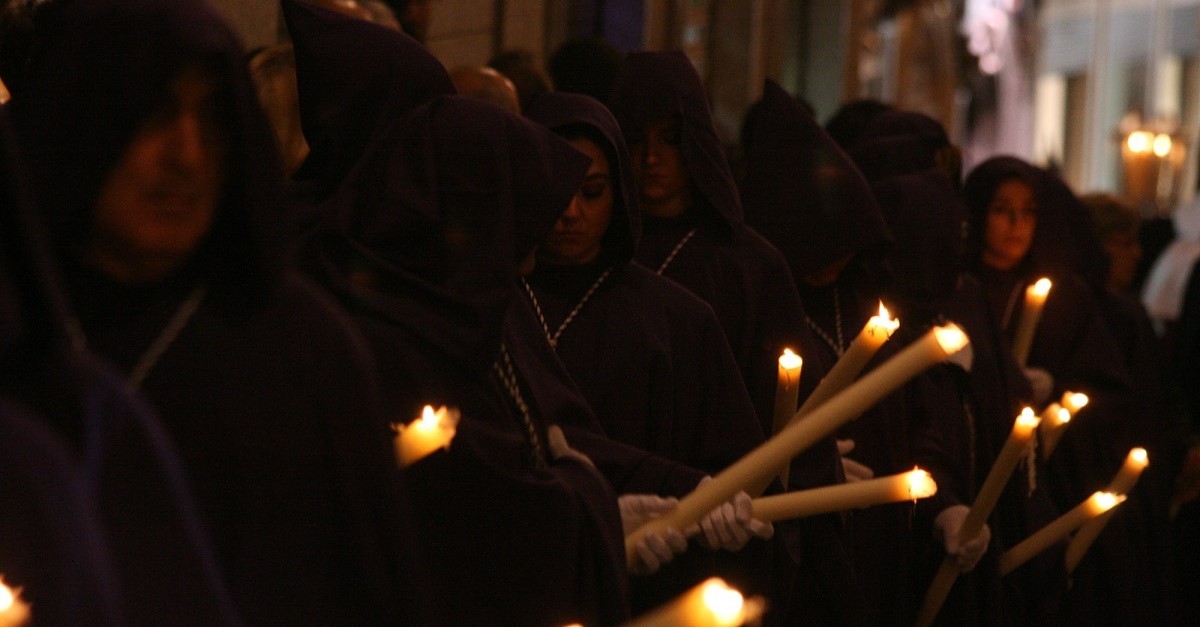
Toledo is one of the most charming and historical cities in Spain, which helps to create a truly special atmosphere during the Easter holidays. Located less than an hour from Madrid, Holy Week is one of the main attractions in Toledo and 2025 is no different. In Toledo they traditionally celebrate Holy week with yet more sober and emotional processions that parade through the charming, narrow streets of the city. Declared a Festival of International Tourist Interest, Semana Santa in Toledo is an unmissable event for all those who want to find out more about the secrets and mysteries of one of Spain’s most interesting historical cities.
Zamora
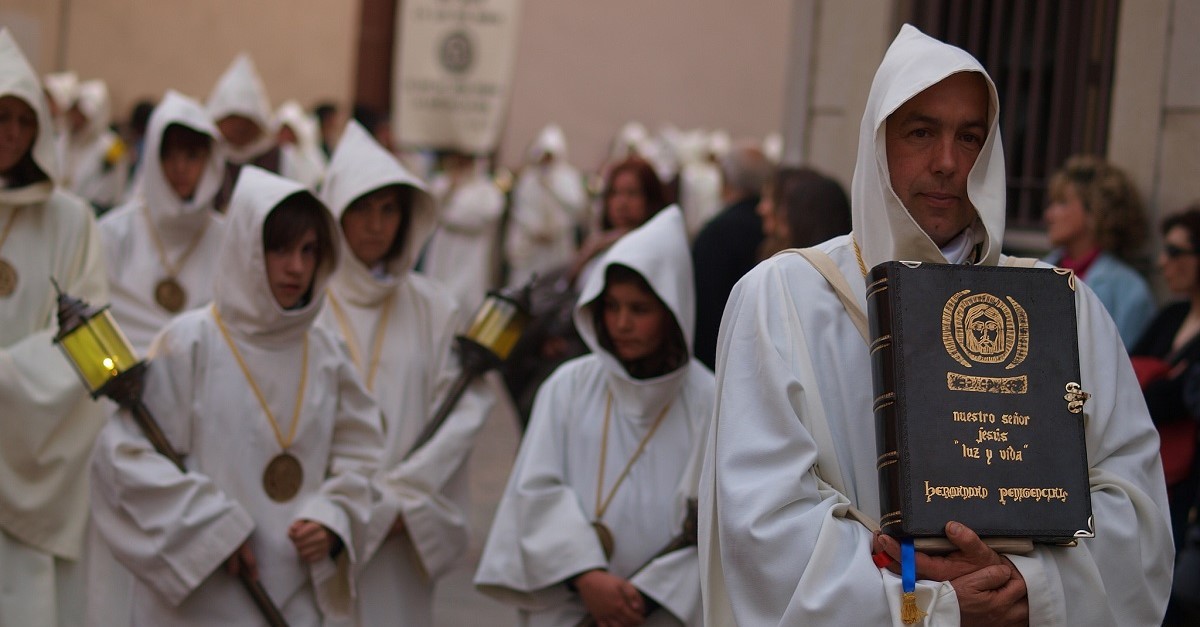
The Holy Week celebrations in Zamora, located in Spain’s Castile and Leon region, date back to the 13th century and have remained practically unchanged over the centuries. The processions in the city are characterised by austerity, silence and prayer, and the city also stands out for the quality and antiquity of its sculptures, the feeling of the town’s citizens and the night-time and early morning parades that the Brotherhoods carry out.
Not to be missed is the so-called “Drunken Procession” in Zamora, a parade that takes place at 5am. The event is made even more special when the thousands of brothers distribute caramelised almonds among those who have gathered to watch, making it one of the most popular processions in the area.
Valladolid

Valladolid is home to some of Spain’s most important museums, as well as a growing wine tourism culture, and is also home to some impressive Easter celebrations. The Valladolid Easter processions showcase exquisite wooden sculptures and valuable carvings that steal the limelight. Religious imagery is also very important in the city, as well as the many emotional events that take place during the week. One of the most important events in the city, which is worth a visit, is the General Procession of the Sacred Passion of the Redeemer, celebrated on Good Friday and is one of the only processions in which all the fraternities take part.
Murcia
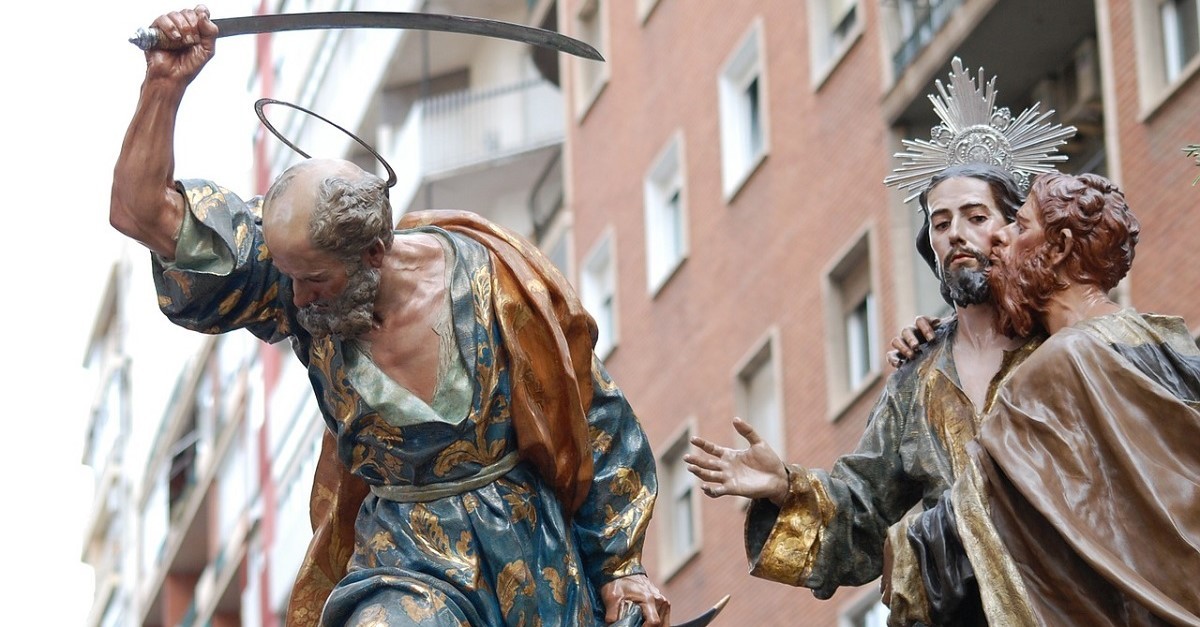
One of the most-recognised fiestas in Spain is Holy Week in Murcia. The city is home to some of the most notorious processions in the whole country due to its spectacular originality and unique style. The celebrations in Murcia are characterised by the Nazarenes in their tunics of many colours and their large bags which are generally filled with sweets, biscuits, hard-boiled eggs and even beans. During the processions, these items are passed out to friends and family along the route. Easter in Murcia also includes other events that make it incredibly special, such as the Procession of Silence. This is an event carried out with the greatest fervour and emotion, and makes its processional journey in darkness and in the middle of a breathtaking silence.
Is Semana Santa a good time to visit Spain?
Semana Santa is one of the best times to experience traditional Spanish culture, offering a unique glimpse into the country’s deeply rooted religious and cultural heritage. The elaborate processions, stirring music, and intense atmosphere make it a fascinating experience for anyone interested in local customs and rituals.
If you enjoy vibrant crowds and lively street celebrations, Holy Week is an ideal time to visit Spain. However, if you prefer a quieter getaway, you might consider exploring smaller towns, where the processions are just as meaningful but the crowds less overwhelming.
Keep in mind that Semana Santa is a peak travel period in Spain. Accommodation prices tend to rise, and availability can be limited, especially in major cities. To secure the best options, it’s highly recommended to book your stay well in advance.
